22 U.S. History Facts You Weren’t Taught In School
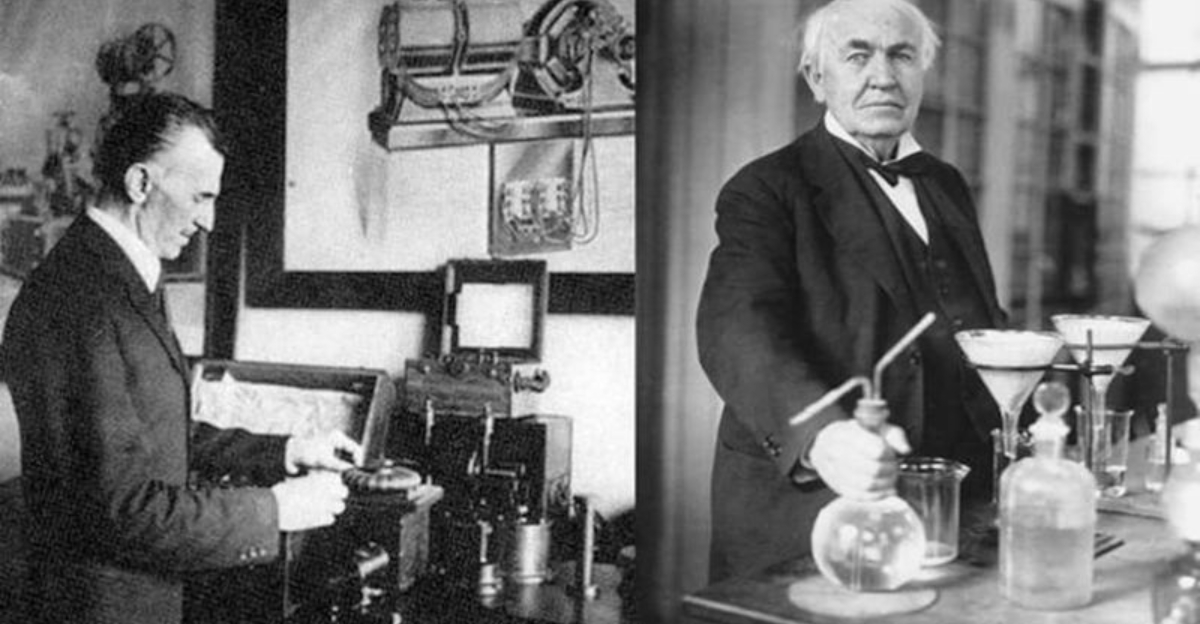
History class often left out the juiciest, most fascinating parts of America’s past. I remember sitting in those dimly lit classrooms, struggling to stay awake during monotonous lectures about the Founding Fathers and major battles.
What we learned felt dry and overly simplified, missing the strange, wild, and sometimes even disturbing truths that give history its depth. As I got older, I began discovering stories that were completely absent from our textbooks—secret government experiments, unsung heroes who shaped history behind the scenes, and social movements that were barely mentioned.
These hidden aspects paint a much richer, more complicated picture of America than the polished, patriotic version we were taught to memorize for standardized tests. They reveal the contradictions, the resilience, and the human flaws that textbooks tend to gloss over.
Exploring these untold stories makes history come alive, reminding us that the past is far more intriguing than it first seemed in school.
1. The White House Was Rebuilt by Enslaved People
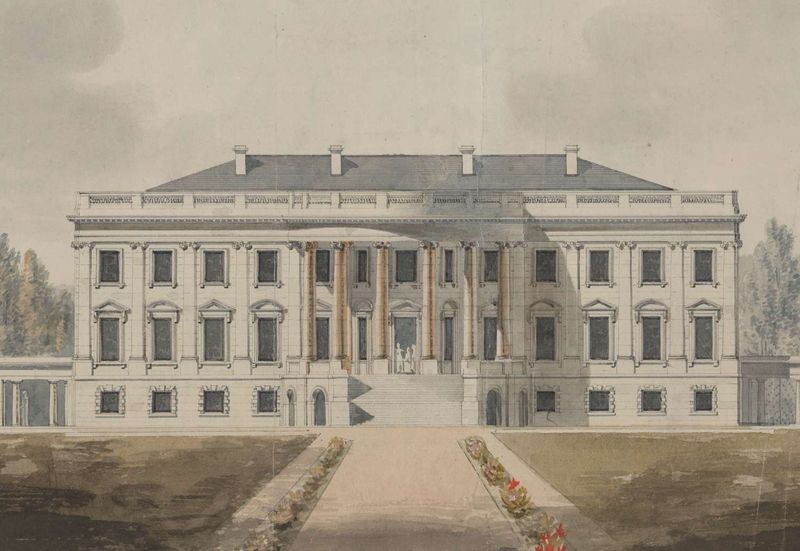
Bet your history teacher skipped this uncomfortable truth! After British troops torched the White House in 1814, enslaved African Americans provided much of the labor to rebuild it. Their contributions remained largely uncredited for centuries.
While working on a college paper about presidential homes, I discovered that these enslaved workers not only hauled materials but also performed skilled masonry, carpentry, and artistic work. Some even created the intricate carvings we admire today.
The government paid their enslavers, not them. Only in recent decades has the White House Historical Association begun properly acknowledging these craftspeople, whose forced labor created one of our nation’s most iconic symbols.
2. The U.S. Government Poisoned Alcohol During Prohibition
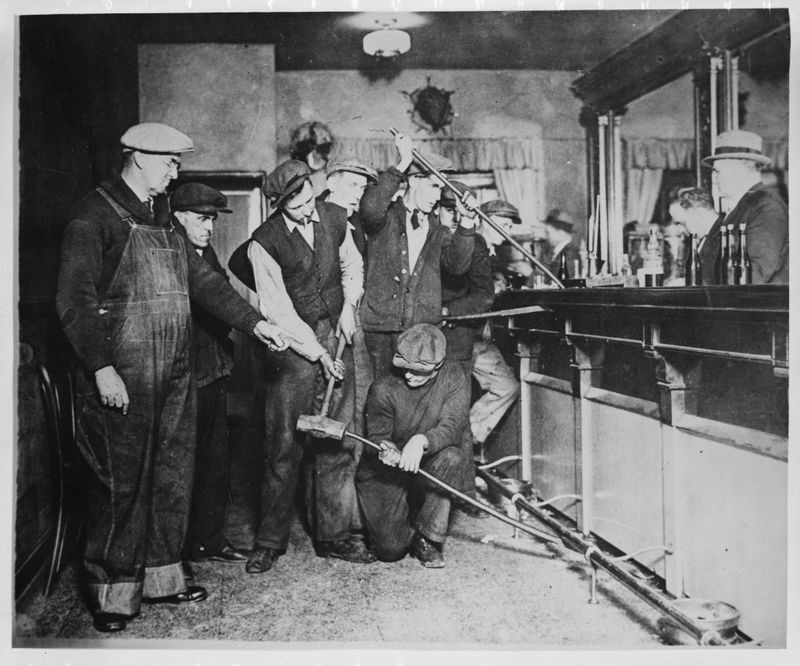
Prohibition’s darkest secret wasn’t bootleggers or speakeasies—it was government-sanctioned murder! When people continued drinking despite the alcohol ban, federal officials ordered industrial alcohol to be poisoned, knowing it was being diverted to make booze.
My great-uncle used to tell stories about friends who went blind or died after drinking what they thought was regular hooch. By 1927, an estimated 10,000 Americans died from this deliberate poisoning program.
Officials justified this as deterrence, arguing that lawbreakers deserved what they got. Treasury official Wayne Wheeler coldly stated that drinkers had chosen to break the law and risk death—a shocking example of government overreach that’s conveniently absent from most history books.
3. Abraham Lincoln Created the Secret Service on His Death Day
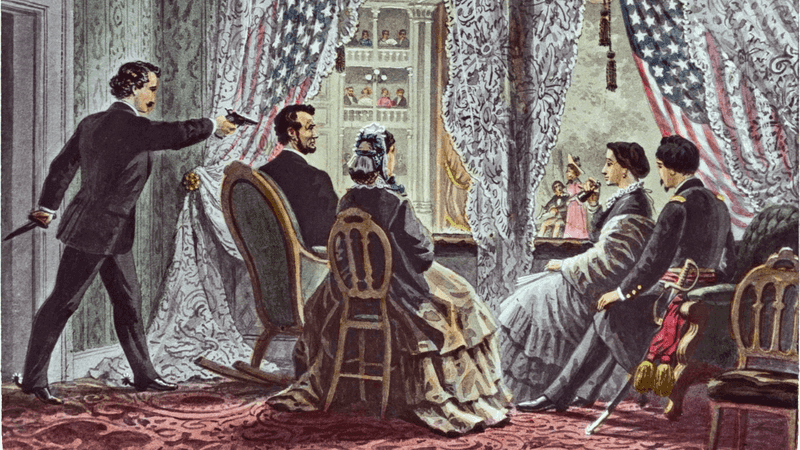
Talk about cosmic irony! On April 14, 1865—the very same day John Wilkes Booth assassinated him—Lincoln signed legislation creating the United States Secret Service. Plot twist: it wasn’t even meant to protect presidents!
The original Secret Service had nothing to do with presidential security. Lincoln established it to combat rampant counterfeiting, which threatened to destroy the national economy after the Civil War. Nearly one-third of all U.S. currency in circulation was fake!
Only after President McKinley’s assassination in 1901 did the Secret Service begin its now-famous role of presidential protection. I always wonder how history might have changed if Lincoln’s new agency had been assigned to protect him that fateful night at Ford’s Theatre.
4. The U.S. Once Dropped Four Nuclear Bombs on Spain (Accidentally)
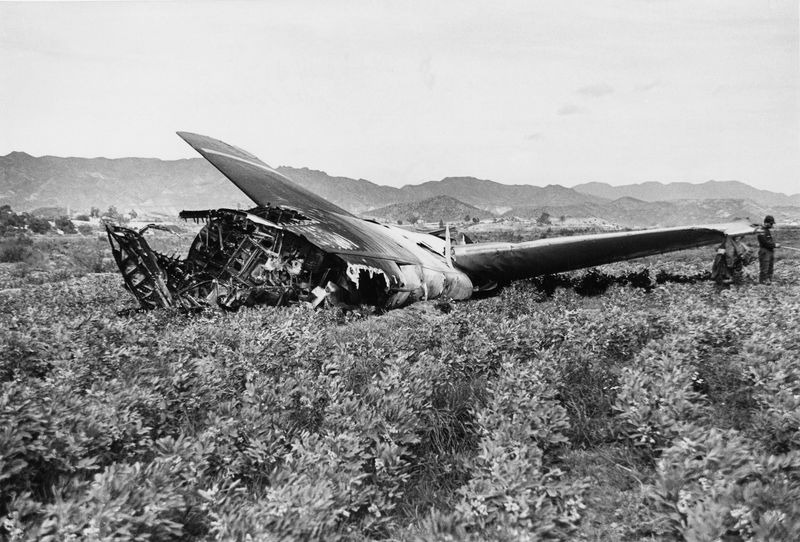
Oops doesn’t quite cover it! In 1966, a B-52 bomber collided with a refueling plane over Palomares, Spain, accidentally dropping four hydrogen bombs. Three crashed on land while the fourth splashed into the Mediterranean, triggering a frantic underwater search that lasted nearly three months.
While none fully detonated (thank goodness!), two broke apart upon impact, scattering radioactive plutonium across Spanish farmland. The U.S. removed 1,400 tons of contaminated soil and shipped it to South Carolina for disposal.
Spanish sunbathers got a bizarre sight when U.S. Ambassador Angier Biddle Duke took a publicized swim at a nearby beach to prove it was safe. The government paid $600,000 in damages to locals—about $5.4 million today—but radioactive contamination persisted for decades.
5. The First Woman to Run for President Did So Before Women Could Vote
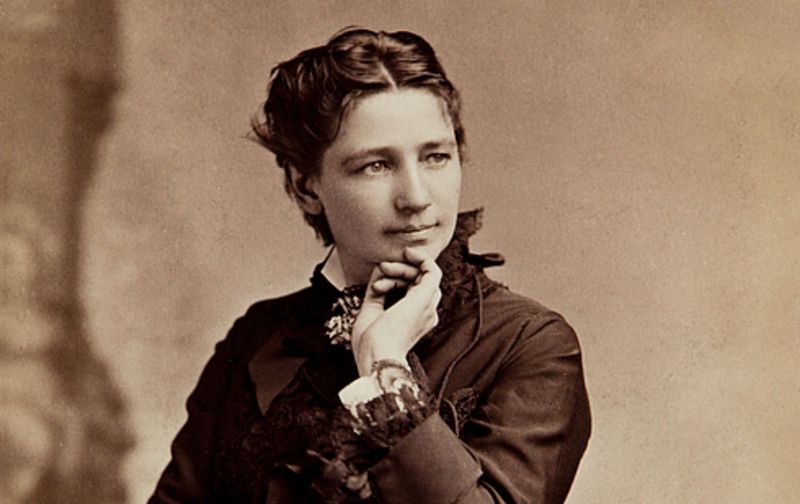
Victoria Woodhull—stockbroker, newspaper publisher, and certified badass—ran for president in 1872, nearly 50 years before women gained the right to vote! Her Free Love Party (yes, really) advocated for women’s rights, labor reforms, and short-term marriage licenses.
When I learned about her in college, I was floored. My high school textbooks had completely erased her. Woodhull’s campaign ended with her in jail on election day—not for running, but for publishing articles exposing a famous minister’s affair.
She chose Frederick Douglass as her running mate, though he never acknowledged the nomination. Despite being legally able to run, Woodhull couldn’t even vote for herself! Her radical ideas about gender equality and marriage reform were so ahead of their time, history books practically wrote her out of existence.
6. The CIA’s Secret Mind Control Experiments on Americans

Straight out of a sci-fi horror movie, the CIA conducted mind control experiments on unwitting American citizens from 1953 to 1973. Project MKUltra involved slipping LSD to random people in bars, brothels, and hospitals to observe their reactions, often with catastrophic results.
My psychology professor once interviewed a survivor who was given LSD for 174 days straight as part of these experiments. The CIA also explored hypnosis, sensory deprivation, isolation, verbal abuse, and torture—all on non-consenting subjects including mental patients, prisoners, and even terminal cancer patients.
When Congress finally investigated in 1975, they discovered the CIA had destroyed most records. The program’s director, Sidney Gottlieb, admitted their goal was to develop mind control techniques for use against Soviet bloc enemies, creating a “Manchurian Candidate” who could be programmed to kill on command.
7. Abe Lincoln’s Legendary Wrestling Career
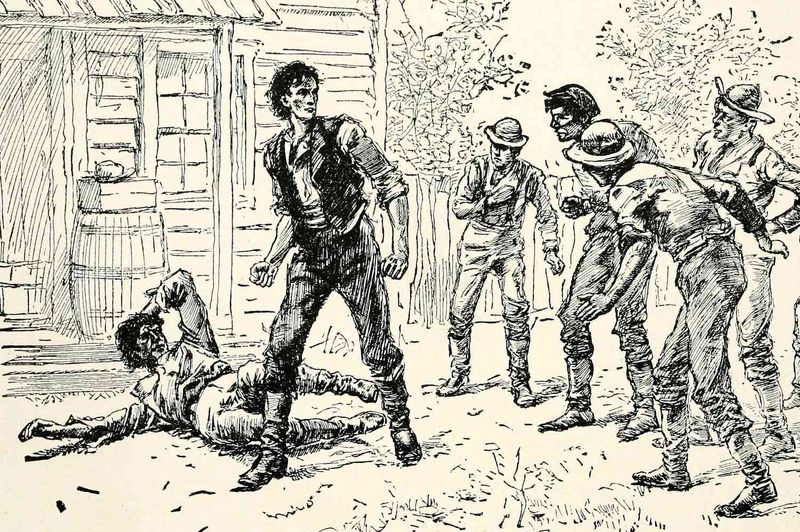
Before he wrestled with the fate of the nation, Honest Abe was literally wrestling dudes to the ground! Lincoln was renowned for his physical strength and wrestling prowess, losing only one match in 300 contests. He’s actually in the Wrestling Hall of Fame!
During one famous match in 1831, Lincoln faced the local champion of New Salem, Illinois—Jack Armstrong. When Armstrong resorted to dirty tactics, Lincoln grabbed him by the neck, held him at arm’s length, and shook him like a rag doll before slamming him to the ground!
After watching a documentary on presidential hobbies, I started telling everyone about Wrestler Lincoln. His reputation was so legendary that a newspaper account of his 1858 Senate campaign described him as “strong enough to break a man’s leg between his thumb and forefinger.” Talk about executive strength!
8. The U.S. Nearly Nuked North Carolina
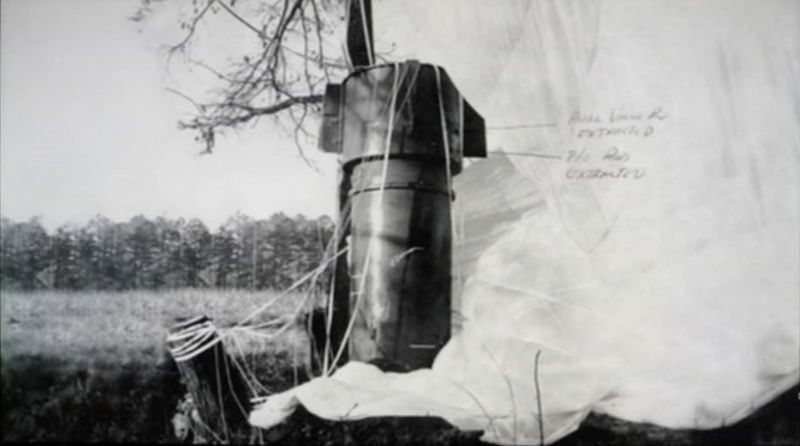
Holy meltdown! In 1961, a B-52 bomber broke apart over Goldsboro, North Carolina, dropping two nuclear bombs—each packing 250 times the explosive power of the Hiroshima bomb. One bomb’s parachute deployed, leaving it intact and dangling from a tree. The other crashed into a muddy field.
Last summer, I visited my cousin who lives near the site and was shocked when locals casually mentioned it. The scariest part? On the second bomb, five of six safety mechanisms failed! A single low-voltage switch prevented a catastrophic nuclear explosion that would have obliterated much of the eastern seaboard.
Government officials initially downplayed the incident, but declassified documents revealed how close we came to accidental nuclear disaster. Secretary of Defense McNamara later admitted, “By the slightest margin of chance, literally the failure of two wires to cross, a nuclear explosion was averted.”
9. The Mass Deportation of Mexican-Americans During the Great Depression
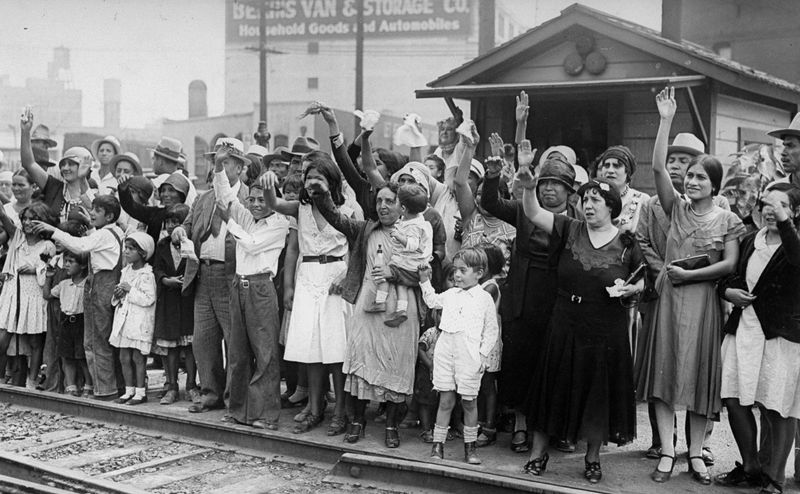
Between 1929 and 1936, up to 2 million people of Mexican descent were forcibly removed from the United States—and roughly 60% were actually American citizens! This ethnic cleansing campaign, euphemistically called “repatriation,” aimed to reserve jobs for “real Americans” during the Depression.
My grandmother’s childhood friend was one of those citizens deported. Authorities conducted raids in parks, markets, and theaters, demanding anyone who “looked Mexican” produce papers on the spot. Those who couldn’t were immediately detained.
Families were torn apart, property was seized, and many American-born children found themselves in a foreign country where they didn’t speak the language. President Hoover’s administration actively supported these deportations, yet this massive violation of civil rights receives little more than a footnote in most history textbooks, if mentioned at all.
10. The First Person to Orbit Earth Was Almost a Woman
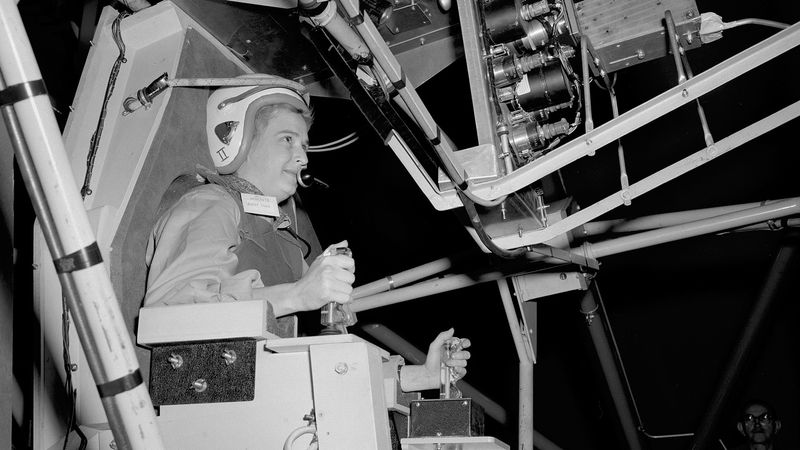
Move over, John Glenn! America nearly sent a woman to orbit Earth first. In the early 1960s, the “Mercury 13″—thirteen exceptional female pilots—underwent the same rigorous testing as male astronauts, often outperforming them. Jerrie Cobb, the program’s standout, endured 75 tests and scored in the top 2% of all astronaut candidates.
Last year, I stumbled upon a podcast about these incredible women and couldn’t believe I’d never heard their story before. Despite their qualifications, NASA abruptly canceled the program when the women were days away from final testing at a military facility.
When Cobb and fellow pilot Jane Hart testified before Congress about the discrimination, astronaut John Glenn testified against them, saying: “The fact that women are not in this field is a fact of our social order.” The Soviet Union sent the first woman to space in 1963, while America waited until 1983.
11. The U.S. Government’s Fake Syphilis Treatment Study
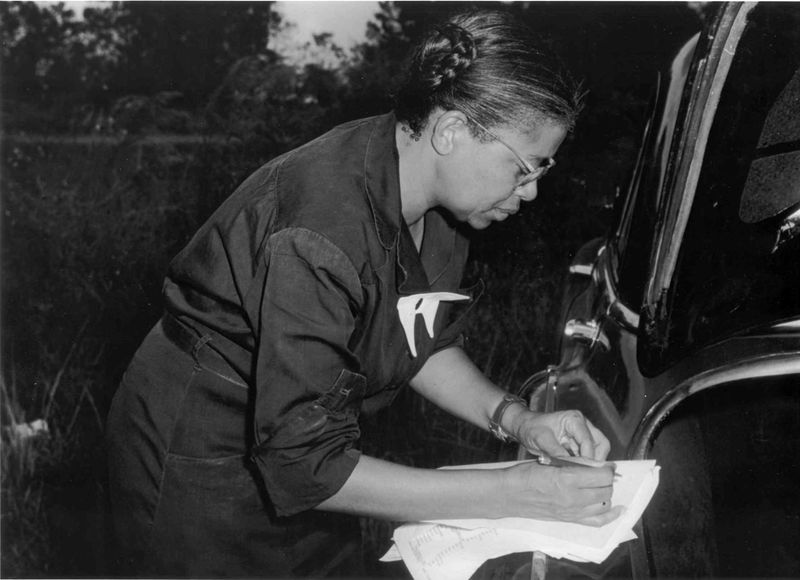
For 40 horrifying years (1932-1972), the U.S. Public Health Service conducted the “Tuskegee Study of Untreated Syphilis in the Negro Male.” They recruited 600 Black men—399 with syphilis and 201 without—by promising free medical care, meals, and burial insurance.
The most disturbing part? Researchers never intended to treat the men. Even after penicillin became the standard syphilis treatment in 1947, doctors withheld it, watching as the disease ravaged their bodies, causing blindness, insanity, and death.
My medical ethics professor showed us the actual government memos where officials discussed how to keep participants from discovering effective treatment existed. The study only ended when whistleblower Peter Buxtun leaked details to the press. In 1997, President Clinton finally issued a formal apology to the eight surviving participants and families of the deceased.
12. Edison Electrocuted Animals to Discredit Tesla’s AC Current

Thomas Edison wasn’t just an inventor—he was a ruthless businessman who electrocuted dogs, cats, horses, and even an elephant to prove his competitor’s technology was dangerous! This shocking campaign (pun intended) targeted Nikola Tesla’s alternating current (AC), which threatened Edison’s direct current (DC) electrical empire.
Edison staged public demonstrations where he killed animals using Tesla’s AC current, trying to convince the public it was deadly. The most disturbing spectacle? In 1903, Edison filmed the electrocution of Topsy, a circus elephant, using 6,600 volts of AC electricity.
I remember watching a documentary that included this footage and feeling physically ill. Edison even helped develop the first electric chair using AC current, hoping its association with death would scare consumers. Despite these ghastly tactics, Tesla’s superior AC system eventually won out and powers our homes today.
13. The U.S. Recruited Nazi Scientists After WWII

Operation Paperclip might sound like a cute craft project, but it was actually the U.S. government’s covert program to recruit Nazi scientists after World War II. More than 1,600 German scientists, engineers, and technicians were secretly brought to America—including many former Nazi Party members and SS officers.
The government deliberately falsified their employment and political records to circumvent President Truman’s ban on hiring Nazi Party members. Some of these scientists had used concentration camp prisoners for brutal human experiments.
My jaw dropped when I learned that Wernher von Braun, celebrated as the father of America’s space program, had been an SS officer who used slave labor from concentration camps to build V-2 rockets for Hitler. These Nazi scientists helped develop the Saturn V rocket that took Americans to the moon and pioneered advances in medicine, aeronautics, and chemical weapons—a morally complicated legacy that’s rarely discussed in schools.
14. The Fiery Demolition of Black Wall Street
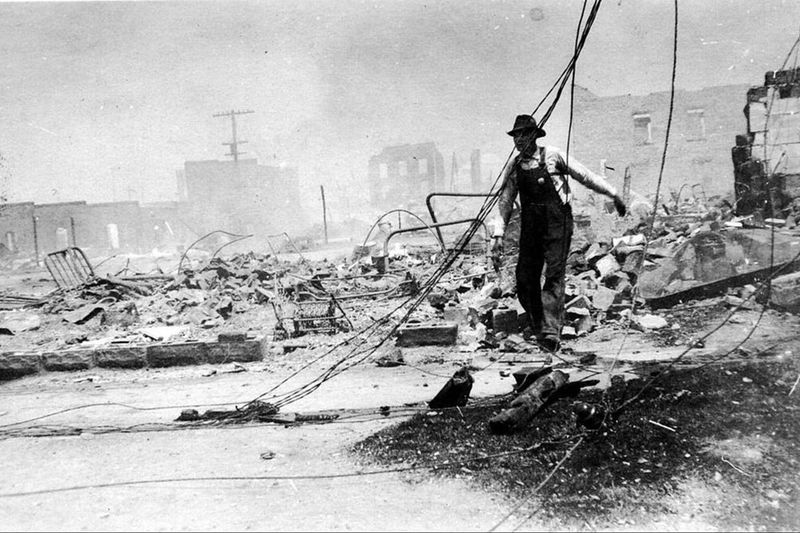
Imagine an entire thriving community—businesses, homes, churches, hospitals—deliberately burned to the ground while police and National Guard did nothing to stop it. That’s exactly what happened during the 1921 Tulsa Race Massacre, when white mobs destroyed the Greenwood District, known as “Black Wall Street,” one of the wealthiest Black communities in America.
The violence erupted after a Black teenager was falsely accused of assaulting a white elevator operator. White rioters looted businesses, set fires, and even dropped firebombs from private planes. Up to 300 Black residents were killed, and 10,000 were left homeless.
When I visited Tulsa last year, I was stunned by how few locals knew this history. For decades, this massacre was actively suppressed in history books and local records. Insurance companies denied claims using “riot exclusion clauses,” and no white participants were ever prosecuted for the destruction and murder.
15. The Government’s Secret Gay Purge
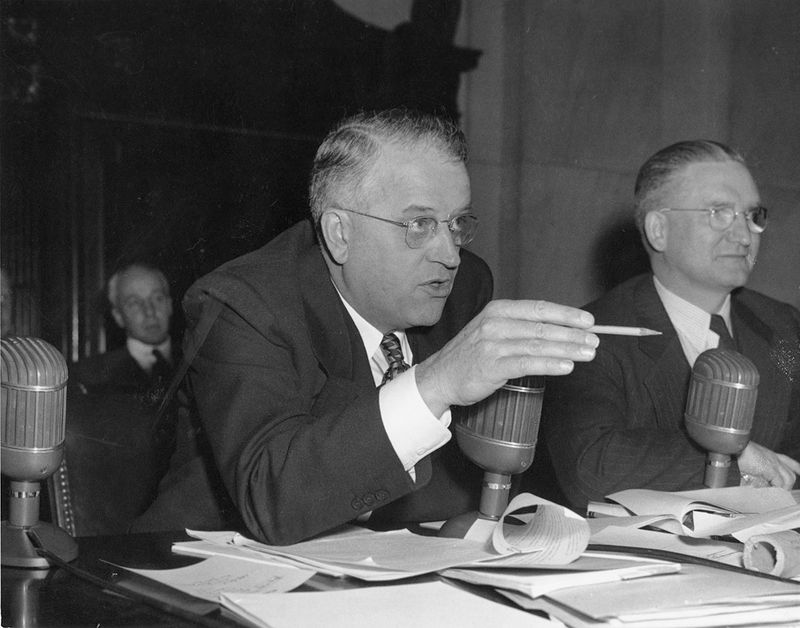
During the Cold War “Lavender Scare,” thousands of suspected gay and lesbian federal employees were systematically fired because they were considered “security risks.” This witch hunt, running alongside McCarthy’s Red Scare, destroyed countless lives and careers.
President Eisenhower signed Executive Order 10450 in 1953, explicitly banning gay people from all federal jobs. The government even created special teams of investigators whose sole job was to identify and remove homosexual employees.
My uncle, a brilliant State Department analyst, lost his career during this purge. The rationale? Officials claimed gay employees could be blackmailed by Soviet agents. The irony? This policy created the very blackmail risk it claimed to prevent, by threatening to expose closeted employees. The ban remained in effect until 1975, but formal apologies didn’t come until 2017, when Secretary of State John Kerry acknowledged this “dark chapter” in American history.
16. The U.S. Deliberately Infected Guatemalans with STDs
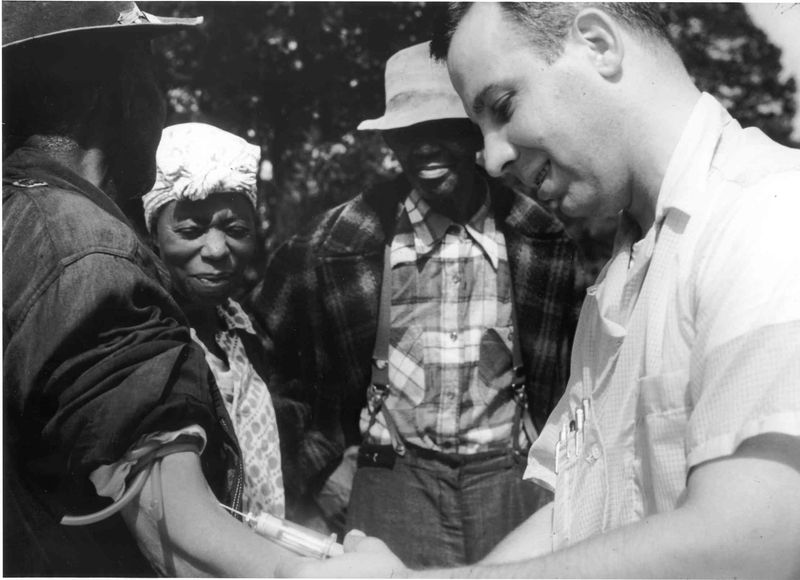
From 1946 to 1948, American doctors deliberately infected Guatemalan prisoners, soldiers, mental patients, and sex workers with syphilis and gonorrhea without their knowledge or consent. Researchers wanted to test penicillin’s effectiveness, so they paid prostitutes to sleep with prisoners, deliberately cut the men’s genitals, or used special devices to inject bacteria directly into their urethras.
When I first read about this in a bioethics class, I thought it must be conspiracy theory. Sadly, it was confirmed when historian Susan Reverby discovered the records in 2005.
The study, funded by the U.S. Public Health Service and the National Institutes of Health, infected at least 1,300 people, including orphaned children. At least 83 people died. In 2010, Secretary of State Hillary Clinton finally issued a formal apology to Guatemala, calling the experiments “clearly unethical” and “reprehensible”—a stunning understatement.
17. The Military’s Secret Chemical Tests on U.S. Cities
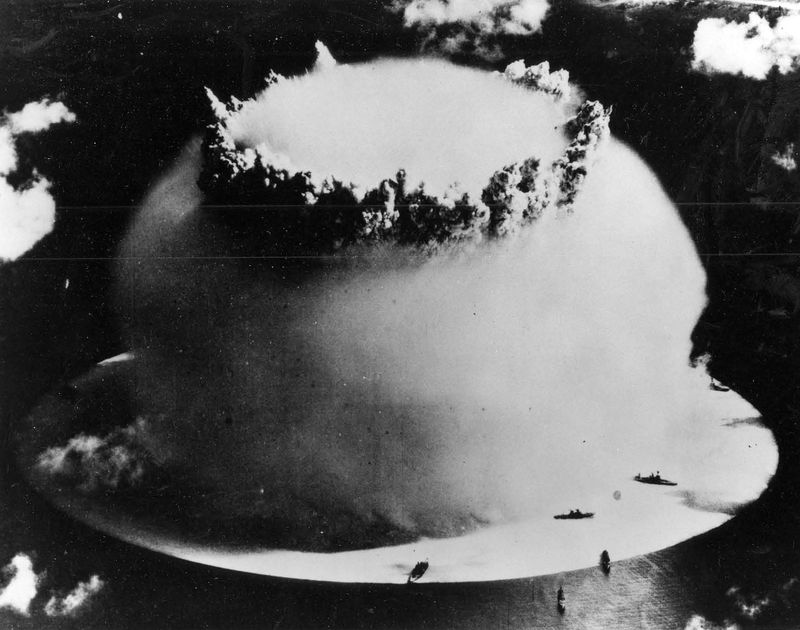
Picture this: You’re walking down a city street when a government car drives by, secretly spraying bacteria into the air to test how biological weapons might spread. From the 1950s through the 1960s, the U.S. Army conducted hundreds of such “vulnerability tests” on unsuspecting American cities.
In Operation Sea-Spray, the military contaminated all of San Francisco with Serratia marcescens bacteria, causing at least one death and numerous hospitalizations. They also released zinc cadmium sulfide particles in Minneapolis and St. Louis, targeting predominantly Black neighborhoods to track dispersal patterns.
I learned about this while researching my family’s mysterious illnesses in St. Louis during this period. The government finally admitted to these tests in Senate hearings during the 1970s. Officials defended the experiments as necessary for national defense, but never explained why they didn’t use harmless simulants instead of potentially dangerous materials on civilian populations.
18. America’s Japanese Concentration Camps Confiscated Billions in Property
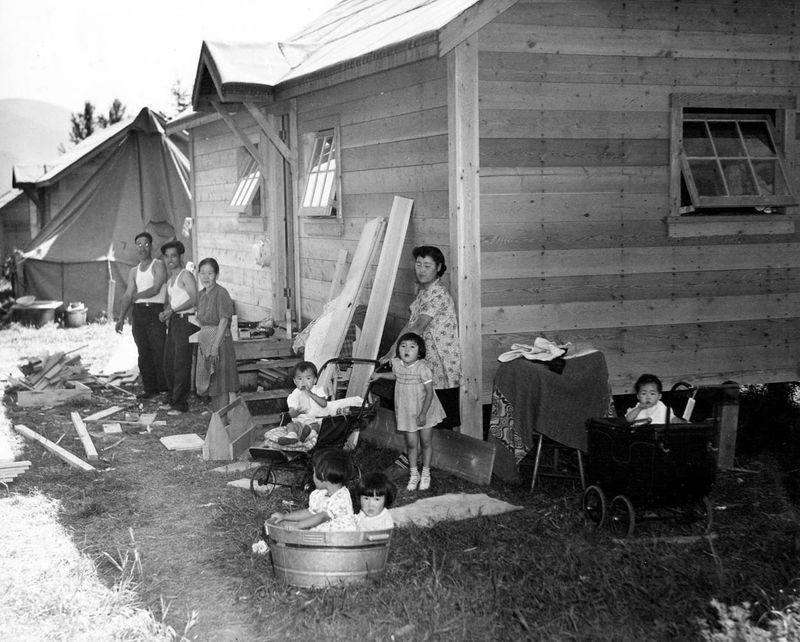
Following Pearl Harbor, the U.S. government didn’t just imprison 120,000 Japanese Americans—it orchestrated one of the largest wealth transfers in American history. Families were given just days to sell homes, businesses, and possessions before evacuation, forcing fire-sale prices that white buyers eagerly exploited.
My grandmother’s childhood friend lost her family’s strawberry farm worth $70,000 (about $1.2 million today) for just $4,800. The Federal Reserve estimates Japanese Americans lost between $2-5 billion in today’s dollars through these forced sales.
Even more shocking, many prominent Americans openly celebrated this theft. The Los Angeles Times wrote: “A viper is nonetheless a viper wherever the egg is hatched. So, a Japanese American born of Japanese parents grows up to be a Japanese, not an American.” When internees returned home years later, they often found their properties vandalized, stolen, or occupied by new owners who refused to leave.
19. The Woman Who Saved the Apollo 11 Moon Landing
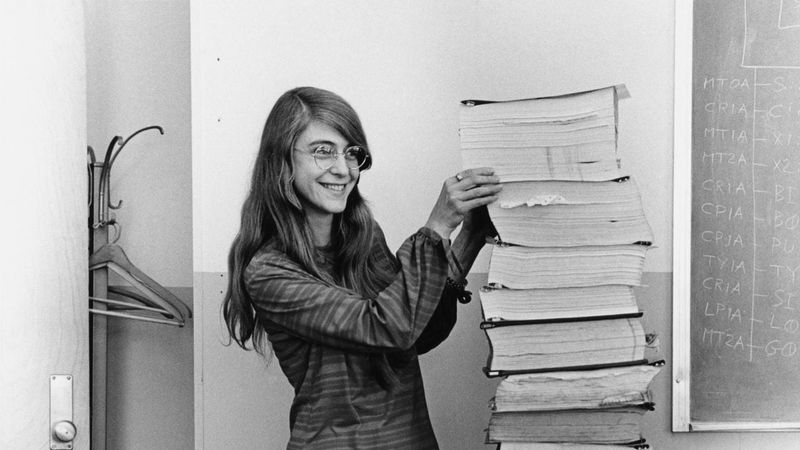
Three minutes before Apollo 11 was set to land on the moon, alarms blared in the lunar module. The computer was overloading, and the mission teetered on the edge of abortion. Enter Margaret Hamilton, a 32-year-old software engineer who had written much of the onboard flight software by hand.
Hamilton’s foresight saved the day! She had programmed the computer to prioritize critical landing functions over less important ones—something revolutionary for 1960s computing. Her code allowed the system to recognize the problem and recover, making the historic landing possible.
I met Hamilton at a tech conference last year, and she laughed about how, at NASA, women weren’t even allowed to put their names on their own technical diagrams! For decades, her crucial role remained largely uncelebrated. In 2016, President Obama finally awarded her the Presidential Medal of Freedom, acknowledging her as the pioneer who coined the term “software engineering” when nobody took software seriously.
20. The Secret Internment of German and Italian Americans
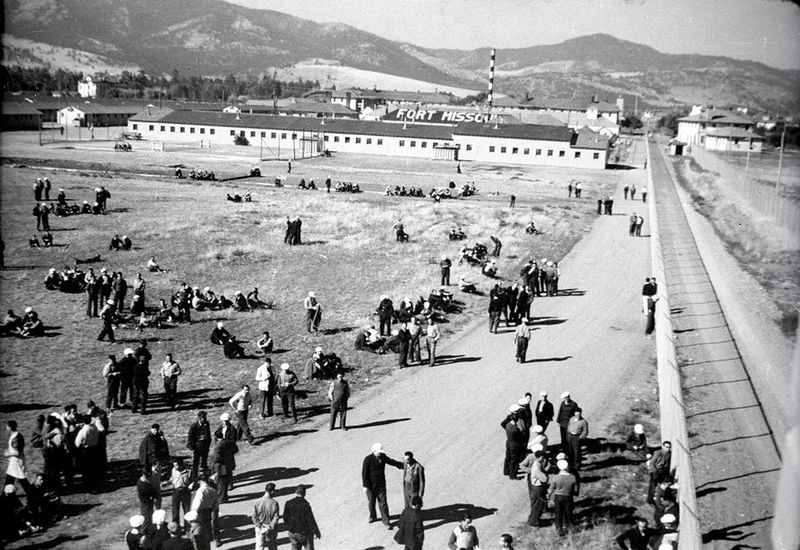
While Japanese American internment is (finally) taught in schools, few know that thousands of German and Italian Americans were also detained during World War II. The government arrested over 11,000 German Americans, 3,000 Italian Americans, and even some Jewish refugees who had fled Nazi persecution!
My great-grandfather, a German immigrant baker in Pennsylvania, was arrested the day after Pearl Harbor based solely on his nationality. The FBI seized “suspicious items” including shortwave radios, German books, and family photographs.
Some families were torn apart when fathers were sent to detention camps while mothers and children remained home but faced harassment, job loss, and eviction. In some Latin American countries, U.S. officials even paid bounties to round up ethnic Germans and Italians, who were then shipped to American internment camps. Some of these detainees were later exchanged for American prisoners held by the Axis powers—essentially using civilians as hostage currency.
21. The American Revolution’s Female Combat Soldiers
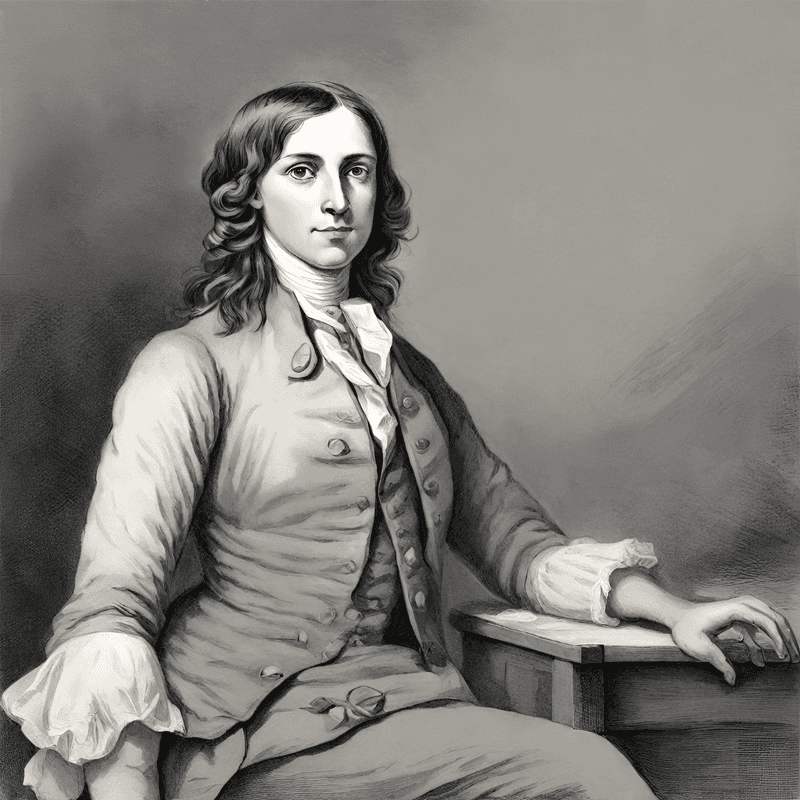
Forget what you learned about women just sewing flags and nursing wounds—some women actively fought in the Revolutionary War! Deborah Sampson enlisted in the Continental Army under the name “Robert Shurtleff” and served for over a year, taking a musket ball to the thigh and digging it out herself to avoid discovery.
During a battle reenactment I attended, the historian mentioned Margaret Corbin, who took over her husband’s cannon after he fell in battle. She was seriously wounded but kept firing until the position was overrun. Corbin became the first woman to receive a military pension from Congress.
My personal favorite is “Molly Pitcher” (Mary Ludwig Hays), who carried water to soldiers at the Battle of Monmouth before taking her fallen husband’s place at a cannon. When a British cannonball supposedly flew between her legs, she remarked, “It would have been better had it passed through my petticoat than through my legs!”
22. The Year America Banned Christmas
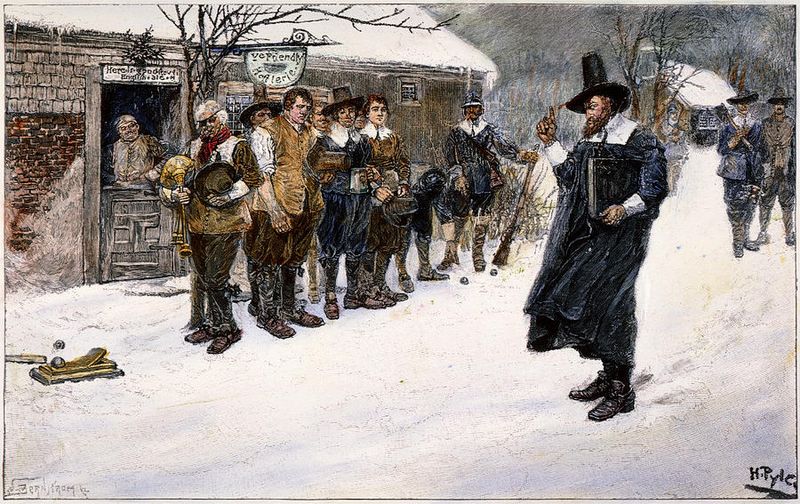
Ho-ho-NO! Christmas was actually banned in Boston and other parts of colonial America for over 20 years. The Puritans who settled New England considered Christmas a pagan celebration with no biblical basis. Plus, they hated how rowdy it had become in England, where drunken revelers went door-to-door demanding food and drink from wealthy households.
In 1659, the Massachusetts Bay Colony officially outlawed Christmas celebrations with a five-shilling fine for anyone caught “observing any such day as Christmas.” Public schools in Boston required attendance on December 25th until 1870!
My history professor loved telling us how even after the ban was lifted in 1681, Christmas remained controversial for centuries. Congress regularly met on December 25th until 1855, and the holiday wasn’t federally recognized until 1870. The next time someone rants about the “War on Christmas,” remind them that early Americans were the original Christmas cancelers!
